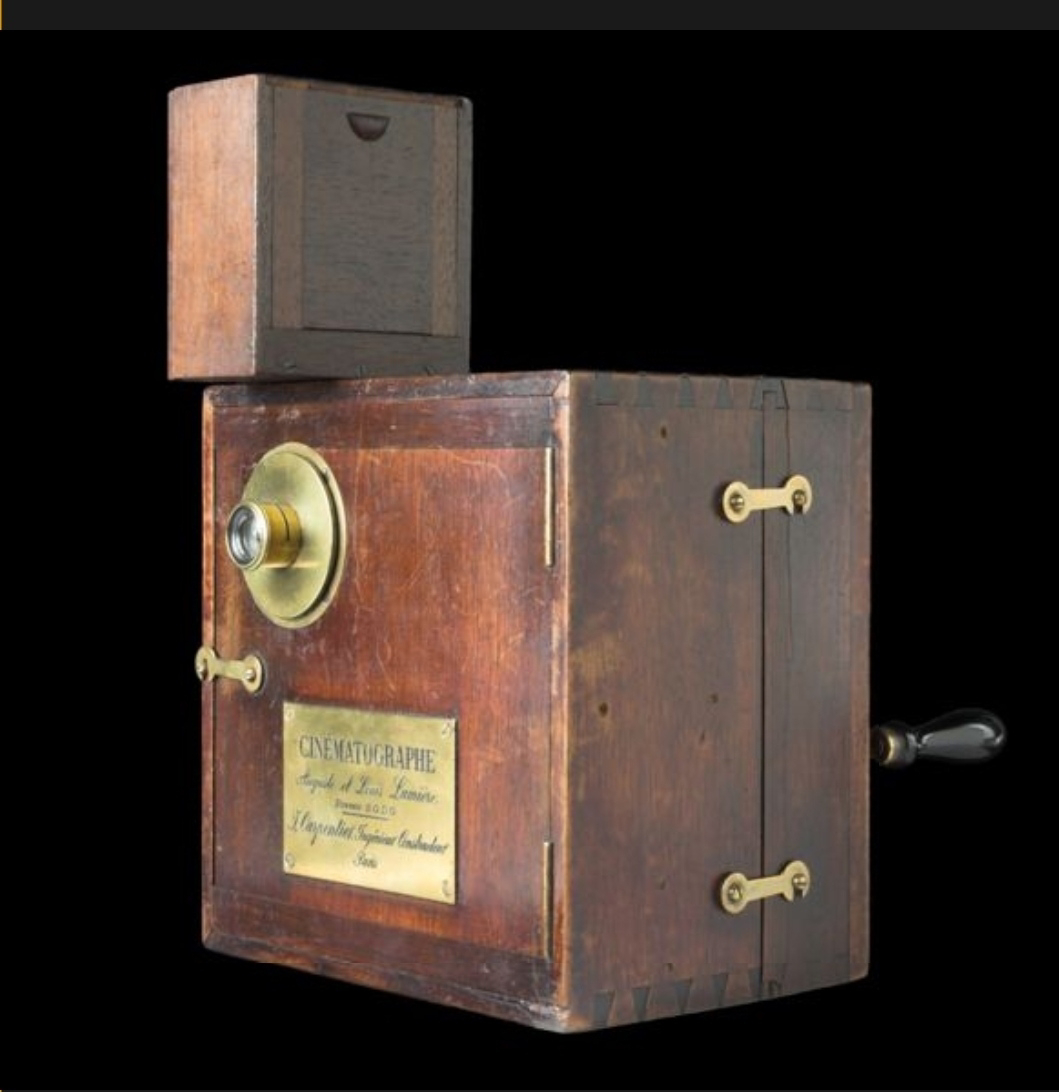Fossils of Titanoboa have been found in the Cerrejón Formation, and date to around 58 to 60 million years ago. ... The giant snake lived during the Middle to Late Paleocene epoch, a 10-million-year period immediately following the Cretaceous- Paleogene extinction event.
The lord of this jungle was a truly spectacular creature—a snake more than 40 feet long and weighing more than a ton. This giant serpent looked something like a modern-day boa constrictor, but behaved more like today’s water-dwelling anaconda. It was a swamp denizen and a fearsome predator, able to eat any animal that caught its eye. The thickest part of its body would be nearly as high as a man’s waist. Scientists call it Titanoboa cerrejonensis
It was the largest snake ever, and if its astounding size alone wasn’t enough to dazzle the most sunburned fossil hunter, the fact of its existence may have implications for understanding the history of life on earth and possibly even for anticipating the future.
“It’s probably an animal in the 30- to 35-foot range,” Bloch said of the new find, but size was not what he was thinking about. What had Bloch’s stomach aflutter on this brilliant Caribbean forenoon was lying in the shale five feet away.
Nine years later, Fabiany Herrera, an undergraduate geology student at Colombia’s Industrial University of Santander, in Bucaramanga, visited Cerrejón on a field trip. Tramping around the coal fields at the mining complex, he picked up a piece of sandstone and turned it over. There was an impression of a fossil leaf on it. He picked up another rock. Same thing. And again.
Titanoboa‘s fossilised vertebra showed that it was a whopping 13 metres
(42 feet) long. By comparison, the largest verifiable record for a living snake belongs to a 10-metre-long reticulated python, and that was probably a striking exception. Large population surveys of reticulated pythons have failed to find individuals longer than 6 metres. By contrast, Head’s team analysed vertebrae from eight different specimens of Titanoboa and found that all of them were roughly the same size. A length of 13 metres was fairly ordinary for this extraordinary serpent. Not quite jormungandr, but amazing nonetheless. It lived some 58-60 million years ago, when the Cerrejon basin was a giant floodplain, criss-crossed by rivers and nestled within a large tropical rainforest. This is exactly the type of habitat that anacondas thrive in today, and it’s likely that Titanoboa shared a similar lifestyle. It may well have been aquatic and hunted similar prey, like crocodiles. Indeed, other fossils from the Cerrejon pit include early relatives of fishes, turtles and crocodiles – all suitable prey for Titanoboa.
The giant snake’s measurements even tell us something about the climate of this ancient world. Snakes are cold-blooded. Their body temperature, and therefore their metabolism, depends on their surroundings, which slaps an upper limit onto the evolution of giants. At any given temperature, a snake can only become so large before its metabolic rate becomes too low to support . If Titanoboa was bigger than living species, its environment must have been much hotter.
Head estimated that the tropical rainforests where it lived must have had average yearly temperature of 32-33 degrees Celsius, far hotter than the equivalent temperatures for modern tropical forests. These estimates suggest that the forests of that period were experiencing greenhouse conditions. These conditions, part of the planet’s history, have been written in stone, left for us to glean among the petrified bones of an ancient snake.
Referring to :(National Geographic) and (Smithsonian MAGAZINE)















